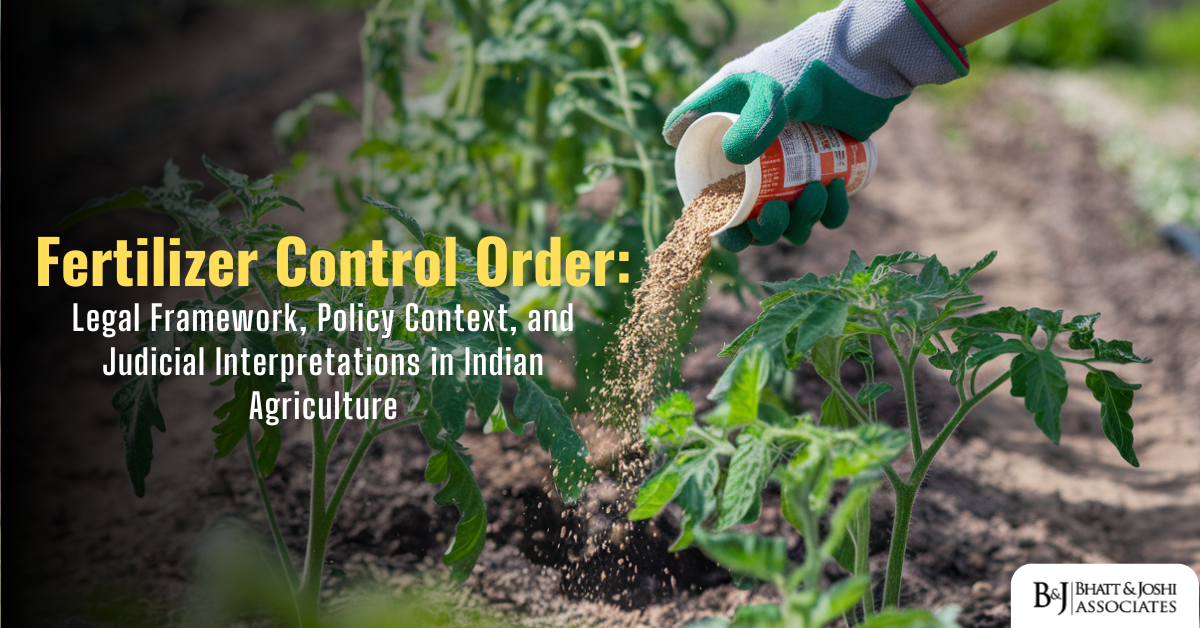Introduction
Environmental protection is a critical issue that demands continuous regulation and monitoring to ensure the sustainability of ecosystems and human health. In India, the Central Pollution Control Board (CPCB) is the key regulatory body responsible for enforcing environmental laws and standards. This article explores the role of the CPCB, the regulatory frameworks it operates under, and the significant case laws that have shaped its functioning.
Historical Context and Formation of Central Pollution Control Board (CPCB)
The CPCB was established in 1974 under the Water (Prevention and Control of Pollution) Act, making it one of the earliest pollution control bodies in India. Initially focused on water pollution, its scope has expanded to include air pollution, hazardous waste management, and more. The Air (Prevention and Control of Pollution) Act, 1981 further empowered the CPCB, giving it jurisdiction over air quality regulation across India.
The environmental degradation faced in the 1970s and the growing industrialization and urbanization in India necessitated a stronger regulatory body. The creation of CPCB was a landmark move in ensuring that environmental pollution was regulated at a national level, focusing on preventive measures and control strategies.
Functions and Responsibilities of Central Pollution Control Board (CPCB)
The Central Pollution Control Board has multifaceted responsibilities, ranging from monitoring pollution levels to enforcing environmental laws and standards. It plays a pivotal role in ensuring compliance with the environmental regulations laid out by the government. Its key functions include:
- Monitoring Air and Water Quality: CPCB is responsible for monitoring the quality of air and water across India through a network of monitoring stations. This ensures that pollutants are kept within permissible limits.
- Implementation of Environmental Laws: The CPCB enforces several critical environmental laws, including the Water Act, 1974, Air Act, 1981, and the Environment (Protection) Act, 1986. Under these laws, it sets standards for emissions and effluents and provides guidelines for industries to reduce pollution.
- Issuance of Directions: CPCB has the authority to issue directives to state pollution control boards (SPCBs), industries, and government bodies for ensuring compliance with environmental standards. It also has the power to shut down industries that violate pollution control norms.
- Scientific Research and Policy Recommendations: CPCB conducts studies and research on pollution control technologies, making recommendations to the government on policy matters related to environmental protection.
Regulatory Framework Governing Central Pollution Control Board (CPCB)
The CPCB operates under several national laws designed to prevent and control environmental pollution. These laws provide the legal foundation for its operations, ensuring that environmental standards are maintained across various sectors.
Water (Prevention and Control of Pollution) Act, 1974
The Water Act was enacted to prevent and control water pollution and to maintain the wholesomeness of water bodies in India. Under this Act, the CPCB is empowered to monitor water quality, set effluent standards, and penalize violators. It also regulates sewage and industrial wastewater disposal into rivers, lakes, and streams.
Air (Prevention and Control of Pollution) Act, 1981
The Air Act empowers the CPCB to control and prevent air pollution by regulating emissions from industrial plants and vehicles. The CPCB plays a vital role in setting ambient air quality standards and monitoring compliance with these standards across the country.
Environment (Protection) Act, 1986
The Environment (Protection) Act is a more comprehensive piece of legislation under which the CPCB operates. It empowers the board to take measures for the protection and improvement of the environment, such as conducting environment impact assessments (EIA), issuing environmental clearances, and managing hazardous substances.
Noise Pollution (Regulation and Control) Rules, 2000
Under the Noise Pollution Rules, the CPCB is tasked with monitoring and controlling noise pollution. It establishes permissible limits for different zones, including industrial, residential, and commercial areas.
Case Laws Impacting CPCB’s Role
Over the years, various court judgments have shaped the role and functioning of the CPCB. The judiciary in India has played an active role in ensuring that the CPCB fulfills its mandate effectively.
Vellore Citizens Welfare Forum v. Union of India (1996)
This landmark case, decided by the Supreme Court of India, established the concept of the “polluter pays” principle and sustainable development. It reinforced the powers of the CPCB to act against industries causing environmental harm. The court directed the CPCB to closely monitor the tannery industries in Tamil Nadu, which were discharging untreated effluents into the Palar river.
M.C. Mehta v. Union of India (1987) (The Ganga Pollution Case)
This case underscored the CPCB’s responsibility to ensure that industries along the Ganga River comply with pollution control norms. The Supreme Court ordered the CPCB to inspect all industries along the river and shut down those that were not compliant with effluent standards.
Indian Council for Enviro-Legal Action v. Union of India (1996)
In this case, the Supreme Court highlighted the need for stringent action by the CPCB against hazardous industries. It directed the CPCB to ensure that the polluting industries causing environmental degradation were held accountable, emphasizing the preventive and penal powers of the CPCB.
Challenges Faced by Central Pollution Control Board (CPCB)
Despite its significant role in environmental protection, the CPCB faces several challenges in executing its mandate effectively.
- Lack of Adequate Resources: The CPCB often struggles with limited financial and manpower resources, making it difficult to monitor the thousands of industries across India effectively.
- Coordination with State Pollution Control Boards: The relationship between the CPCB and SPCBs is crucial for the effective implementation of pollution control laws. However, there are often coordination challenges, with some state boards lacking the capacity or willingness to enforce environmental standards rigorously.
- Judicial Overreach: While the judiciary has played an important role in ensuring environmental protection, there are cases where courts have bypassed CPCB’s regulatory authority, leading to tensions between the executive and the judiciary.
Recent Developments in CPCB’s Role
In recent years, the CPCB has taken several steps to modernize and strengthen its regulatory framework. With the advent of new technologies, the CPCB has started using satellite monitoring for pollution control, particularly in areas like stubble burning and industrial emissions.
Additionally, the National Clean Air Programme (NCAP) launched in 2019 aims to reduce air pollution across India, with CPCB playing a key role in its implementation. The program sets out targets for reducing PM10 and PM2.5 levels in 102 non-attainment cities, with the CPCB responsible for monitoring and reporting on progress.
International Collaboration and Best Practices
The CPCB has also engaged in international collaborations to improve its regulatory framework and adopt best practices. For example, it has partnered with the United Nations Environment Programme (UNEP) and the World Health Organization (WHO) to tackle global environmental challenges like climate change and transboundary air pollution.
Through these collaborations, CPCB has worked on improving pollution monitoring technology and has incorporated global standards into its regulatory framework. These collaborations are crucial for aligning India’s environmental protection measures with international norms.
Conclusion
The Central Pollution Control Board is a critical institution in India’s environmental governance framework. It has been instrumental in enforcing pollution control laws and ensuring that industries adhere to environmental standards. However, the challenges it faces—ranging from resource constraints to coordination issues with state bodies—underscore the need for reforms to strengthen its capacity. With increasing awareness of environmental issues and the growing threat of climate change, the role of the CPCB will continue to evolve, requiring robust support from both government and society to safeguard India’s environmental future.














